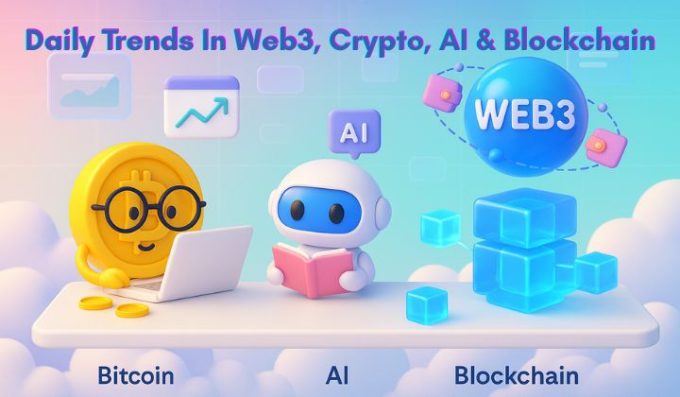Artificial Narrow Intelligence, Explained
Artificial intelligence has become one of the most popular terms in computer science in recent years. This article discusses Artificial Narrow Intelligence (ANI), one of the subcategories of AI.
History
The term “artificial intelligence” was first used in 1956, when John McCarthy typically organized the Dartmouth conference.
The goal of the ambitious six-week project was to build computers that could solve a wide range of issues currently only humans can solve and better themselves by using language, abstractions, and a variety of concepts. This sparked a number of research institutes to investigate AI’s possibilities.
Scientists at the time firmly thought that a “two-month, ten man study of AI” would address the most significant and unresolved issues in the field, but even after more than 60 years, the goal of effectively developing and realizing artificial intelligence remains elusive.
To better comprehend each of the incredible advances we have achieved so far, the area of artificial intelligence (AI) has been divided into three primary categories: Artificial General Intelligence (AGI), Artificial Narrow Intelligence (ANI), and Artificial Super Intelligence (ASI).
Narrow AI
Weak AI and narrow AI are other names for artificial narrow intelligence (ANI). We have been able to successfully develop and apply that particular kind of AI up to this point. It is a goal-oriented, limited rangeability holding viewpoint that performs targeted duties without having the capacity to expand itself (functionality). WEAK AI is the term used to describe machines that are primarily focused on a single job and function within a limited set of restrictions. Narrow AI essentially copies or simulates human behavior based on a limited set of criteria; it cannot reproduce true human intellect.
As machine learning and deep learning have advanced over the past couple decades, narrow AI has had many ups and downs. The term “narrow AI” is essentially a mix of two terms: AI, which refers to the technology that uses a set of algorithms to replicate human behavior in computers, and “narrow,” which refers to applying the idea of AI with a limited set of capabilities.
Natural Language Processing (NLP) is the fundamental idea behind narrow artificial intelligence’s machine intelligence. The NLP idea is a prevalent feature of chatbots and related AI fields, where robots are essentially designed to communicate with people using text and speech recognition.
Types of Narrow AI
There are two possible outcomes for narrow AI: either it is reactive or it has limited memory.
Reactive AI: The rudimentary form of AI, reactive AI lacks memory and data storage. Without any prior knowledge, it reacts to many interpretations and mimics the activity of the human mind.
Limited Memory AI: This more sophisticated technology allows robots to accurately understand statistical data because of its large memory and data storage capacities. The majority of AI is limited memory AI, which allows computers to handle vast amounts of data, particularly in Deep Learning domains, to provide solutions with the highest level of accuracy.
Examples of Narrow AI
- Virtual Assistants like Siri by Apple, Alexa by Amazon, Cortana by Microsoft, etc.
- Used in medications and prediction tools to diagnose cancer and other health-related issues with extreme accuracy through human behavior cognition, replication, and reasoning.
- IBM’s Watson: It is capable of answering questions asked in natural language interpretations.
- Rankbrain: It is an algorithm used by Google to sort the search results.
- Self-Driven Cars.
- Facial/Image recognition and interpretation software.
- Social Media Marketing tools for keeping a check on violating contents and Email spam filters.
- Manufacturing and Drone-based robots.
- Tools for bringing out the best recommendations based on search results, purchases, history, etc. in the entertainment and marketing domains.
Narrow AI’s Drawbacks
Due to its limited capabilities, weak AI has limits and increases the risk of damage in the event that a system fails. Consider the scenario of a driverless car that detects the position of approaching cars but somehow makes a mistake, resulting in a fatal collision or a system failure. If this car is utilized by a malicious organization or a third party, it could cause massive harm to humanity. The inability to identify a malfunction or design issue is another disadvantage.
The significant loss of jobs brought on by the autonomous operation and completion of an expanding number of activities is another issue. Human labor is gradually being replaced by machines thanks to AI-powered intelligent automation. The question of whether there will be more work prospects or if computers will eventually replace all physical labor due to the increasing levels of artificial intelligence must be thought-provoking.
You need to login in order to Like















